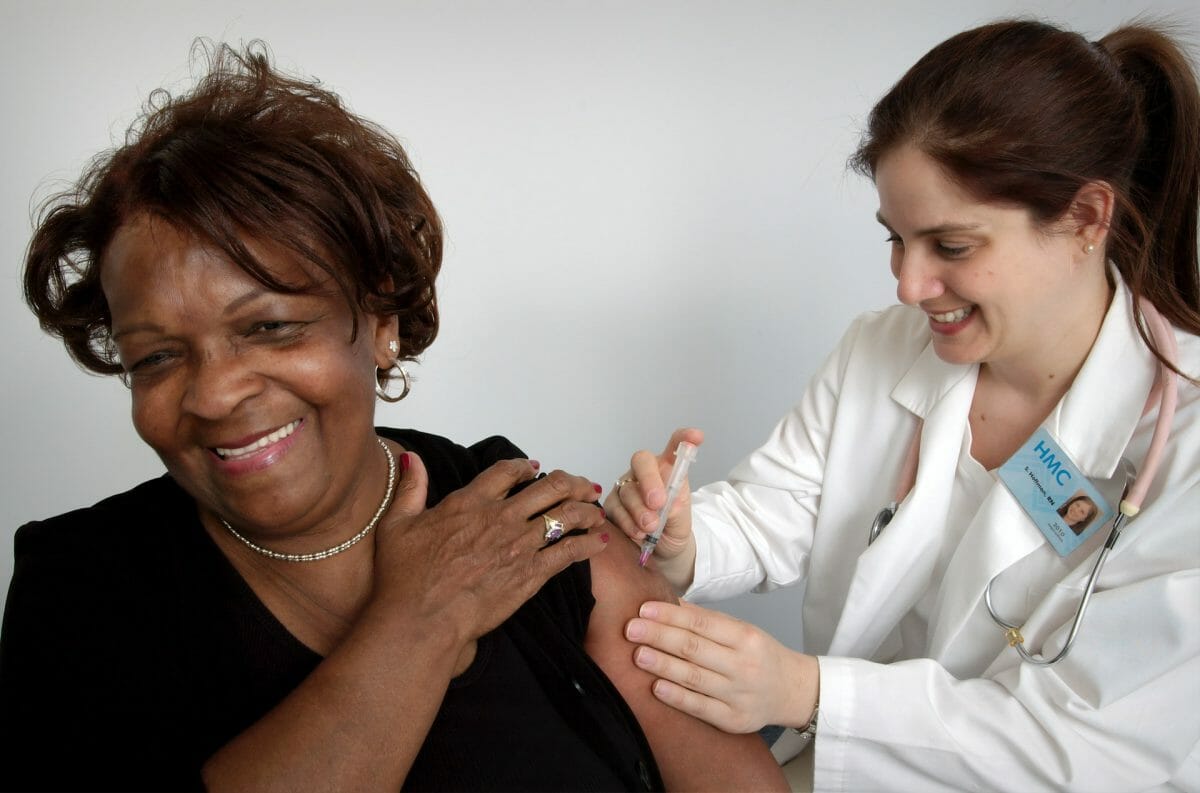With the recent spread of COVID-19, a pandemic that has slowed down the world economy and resulted in thousands of hospitalizations, public health is more important and relevant than ever before. As a consequence, the need for public health specialists is considerable.
Public health practitioners are committed to safeguarding and enhancing the health of individuals and communities. Promoting healthy lifestyles, researching illness and injury prevention, and — of course — reacting to infectious diseases such as a new coronavirus all contribute to this endeavor.
If you are interested in a career in public health, you certainly have the desire to assist people. You want a profession that will make an impact. You want to promote healthy lifestyles and well-being in your neighborhood or in bigger groups. Before pursuing this profession and enrolling to public health schools, you may be interested in knowing what a public health worker performs and what a career in public health entails. Continue reading if you want to understand what a career in public health entails.
What does “public health” include, and why is it essential?
In the field of public health, the goal is to keep individuals and groups healthy. Preventing disease outbreaks and responding to them is part of the job. It entails spreading the word about the importance of taking care of oneself and living a healthy lifestyle. Research on the causes of illness, incapacity, and natural catastrophes is also necessary to devise reform measures. It is the fundamental goal of public health to improve human well-being and alleviate suffering on a global scale.
Public health experts have one of the most important jobs: they strive to keep individuals and communities safe, healthy, and suffering-free. If you have a love for assisting others and a desire for a transformative profession, public health may be for you.
In general, public health specialists are constantly in need regardless of our pandemic-ravaged globe. There will be a 14% rise in healthcare employment over the next five years, much above the average for all other professions, according to the Bureau of Labor Statistics.
What do workers in public health do?
Public health specialists defend population health. Consider this: physicians and nurses treat ill and wounded patients in the medical profession—professionals in public health work to avoid sickness and harm in the first place. When an infectious illness spreads, public health specialists try to monitor it, halt its spread, and maintain the healthiest populations possible.
They discover the origins of sickness and impairment and administer treatments on a much grander scale. Like other health practitioners, public health professionals promote health and well-being among the populations they serve. They encourage healthy behaviors and educate individuals (or groups) on implementing healthy habits and self-care. This may include educating them on a nutritious and healthy diet or highlighting the significance of mental health.
One of the primary roles of public health professionals – whether they are academics, practitioners, or educators – is to investigate, design, and execute change-oriented initiatives. For instance, they may try to uncover the causes of gun violence in the United States and devise strategies to reduce it in our communities.
They may implement improvements to reduce air or water pollution in some sections of the planet or apply tactics to combat obesity and diabetes across the United States. Numerous public health specialists are now exploring measures to avoid overdose, drug trafficking, and the delivery of newborns with neonatal abstinence syndrome in the United States (NAS).
It is vital to keep in mind that several public health occupations are available today, each with distinct work descriptions. The duties of one public health professional will vary from those of another. However, the ultimate objective of all public health experts is to protect the greater good. They seek to reduce health inequities and promote healthcare equality, quality, and universal access.
